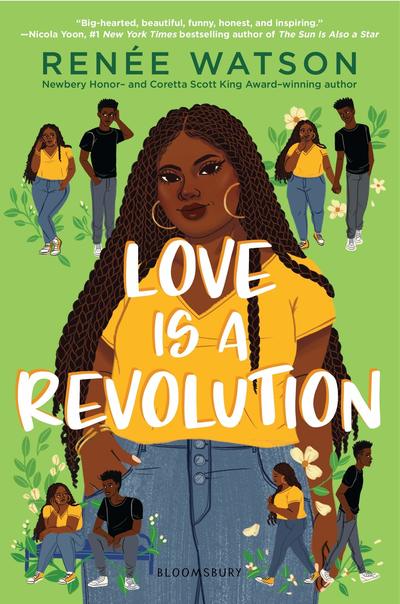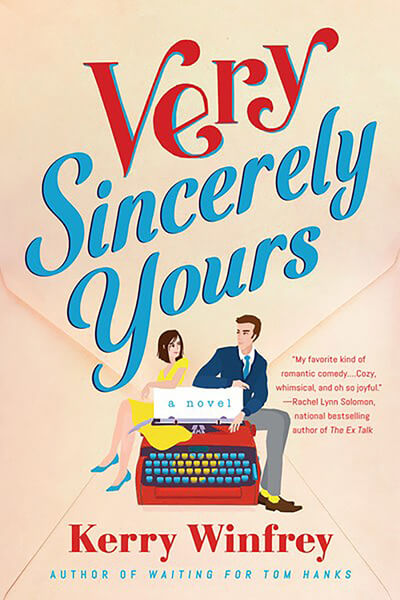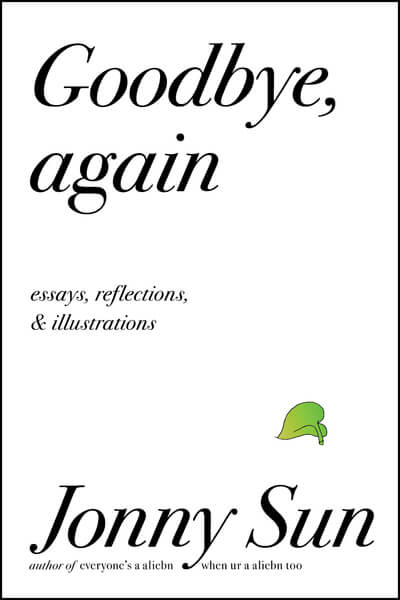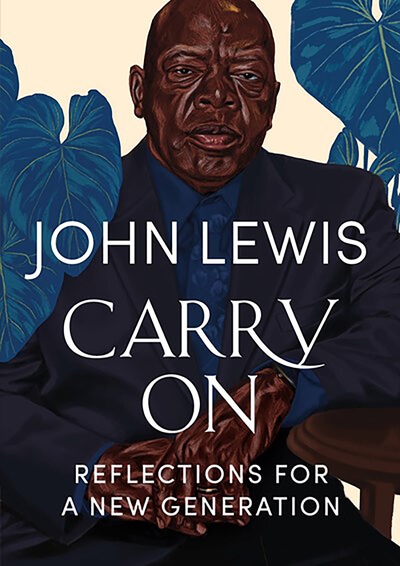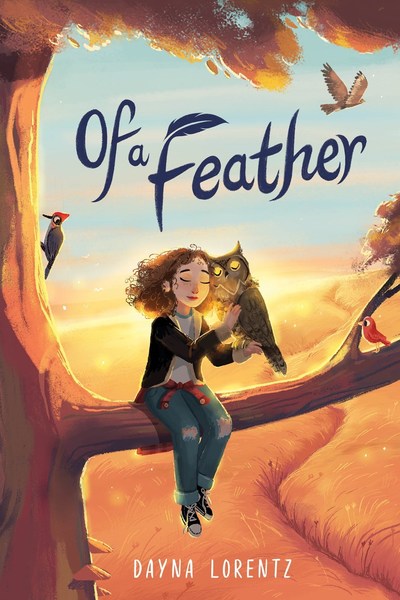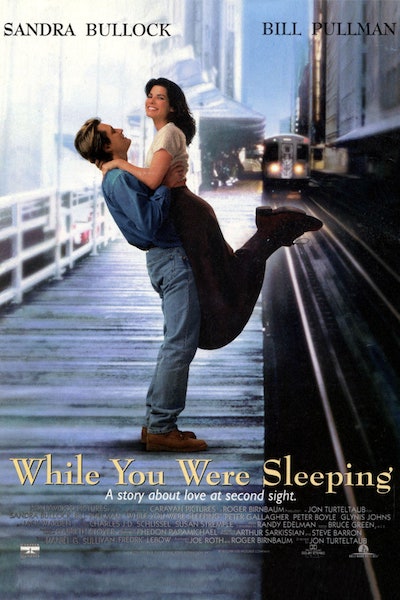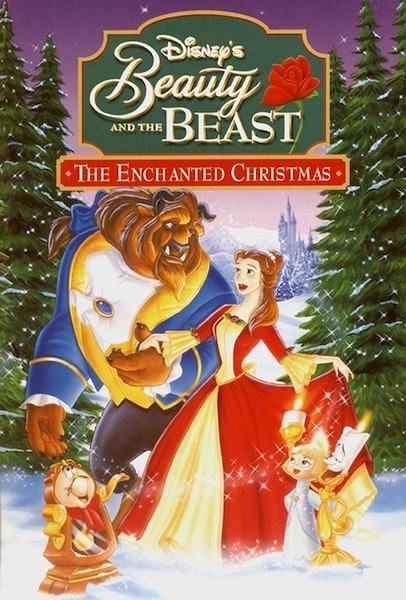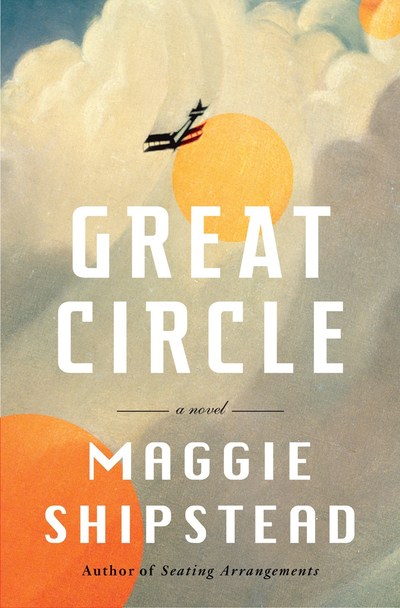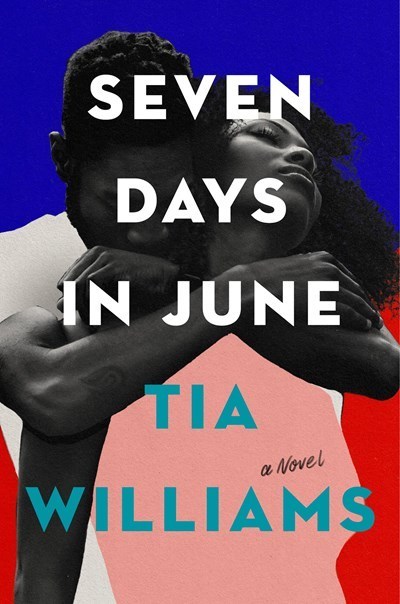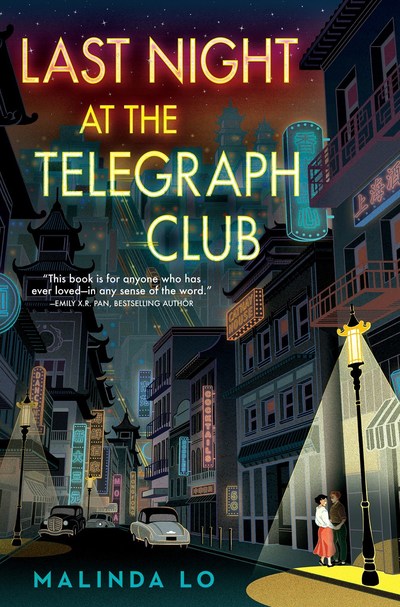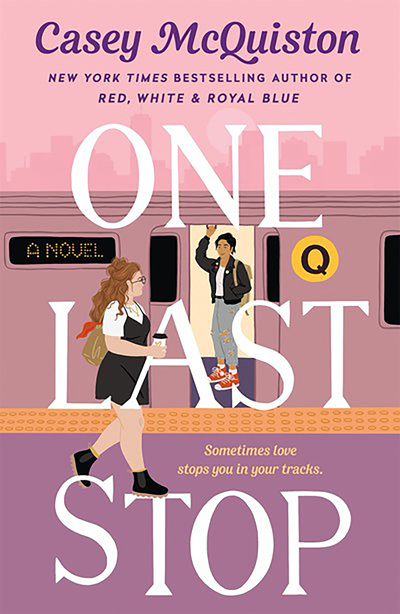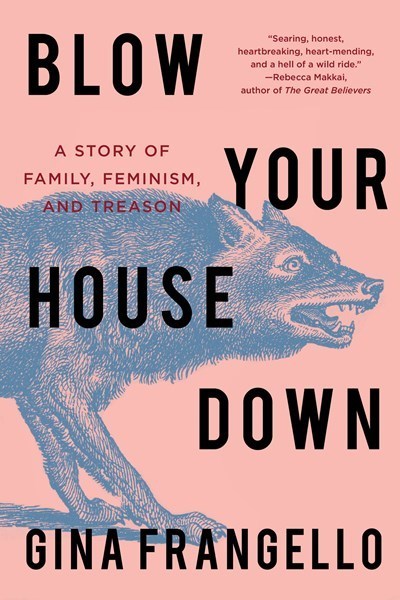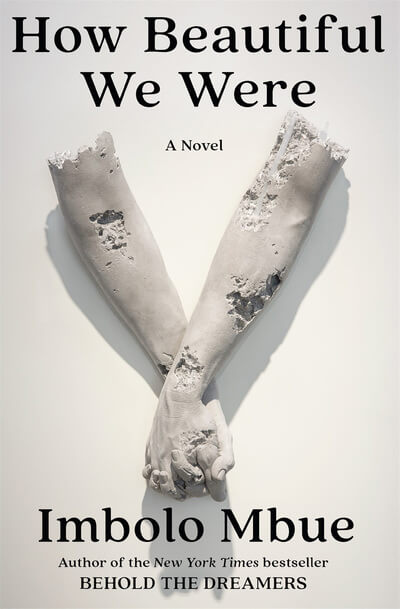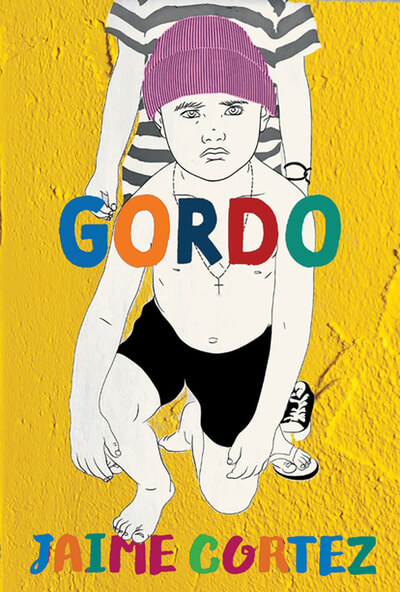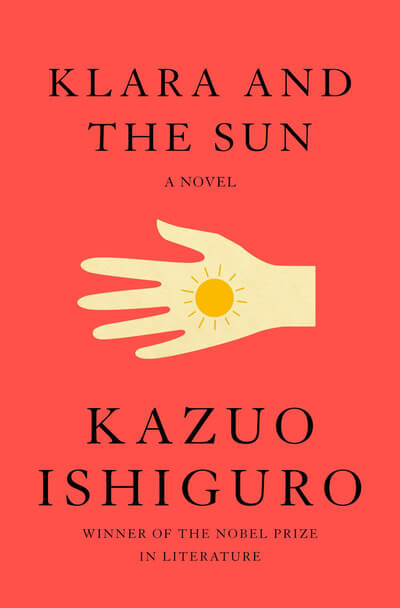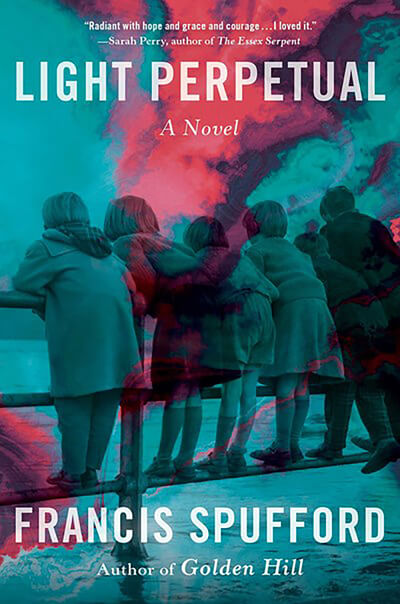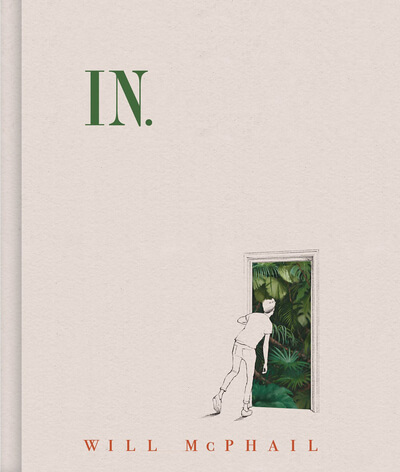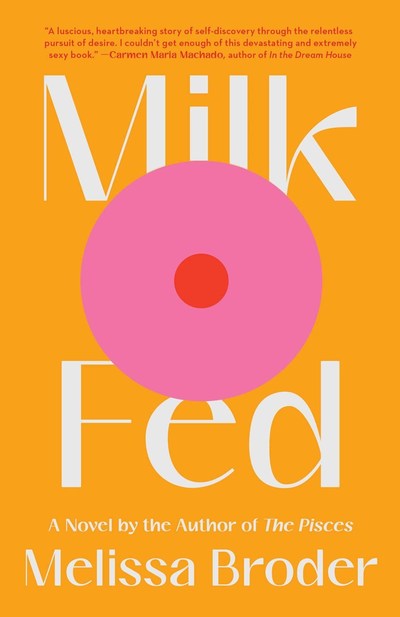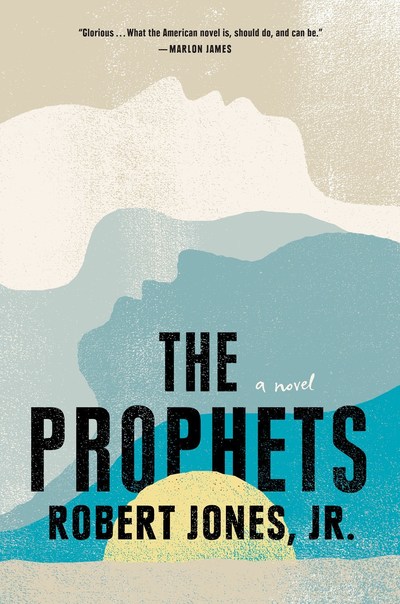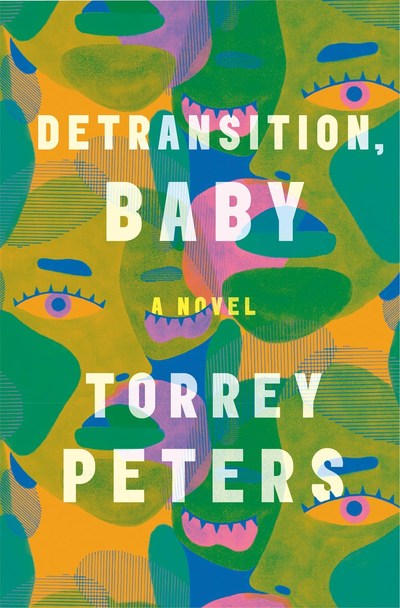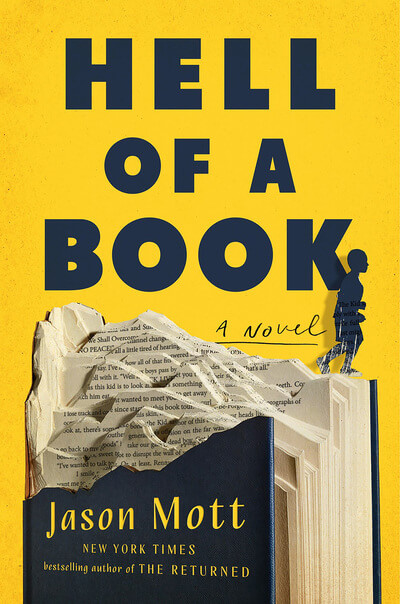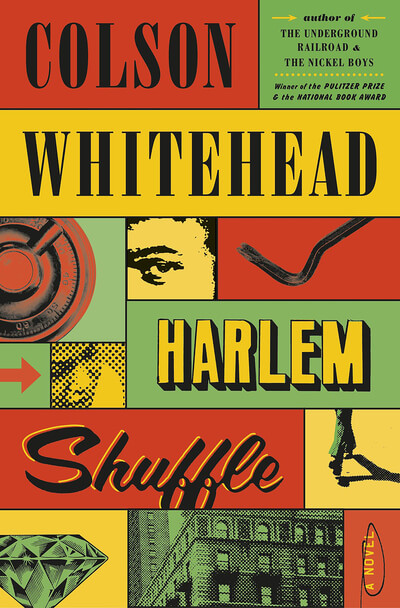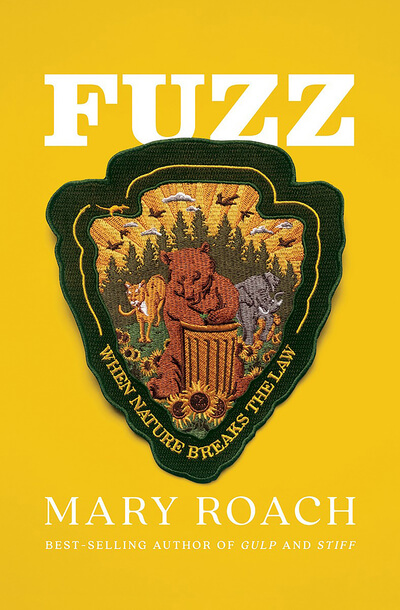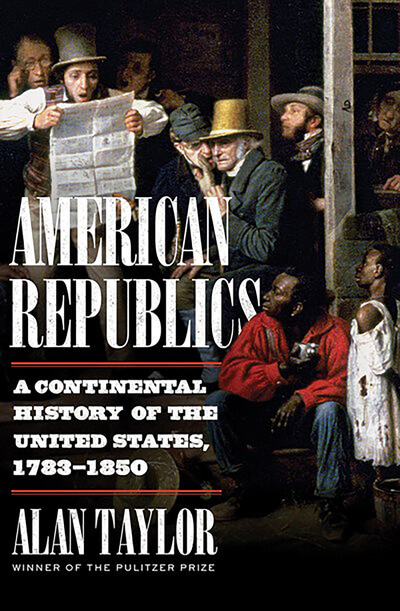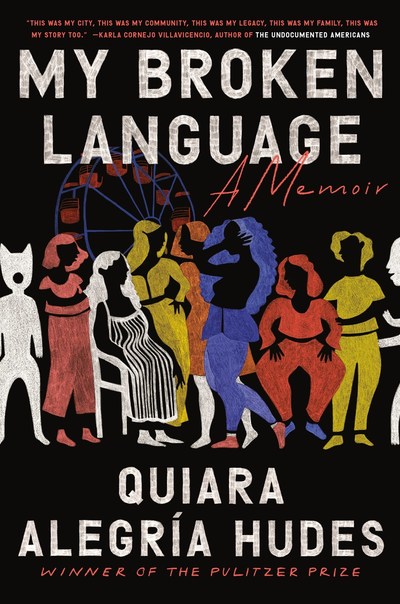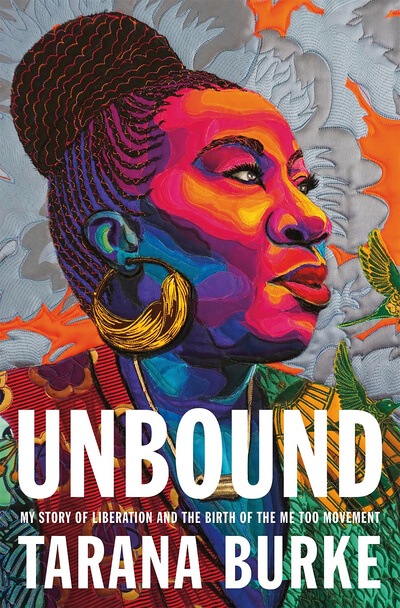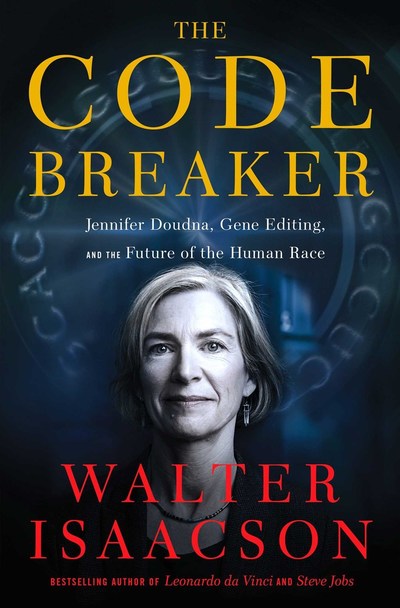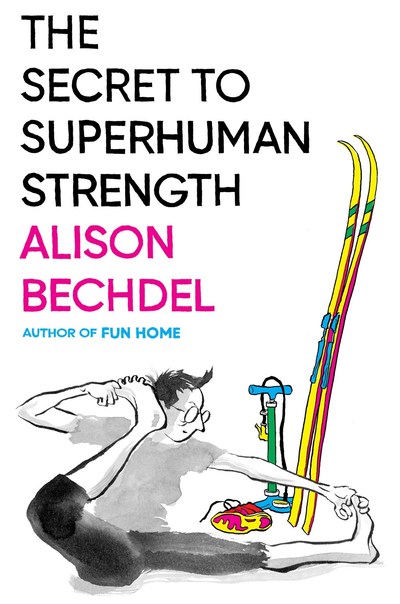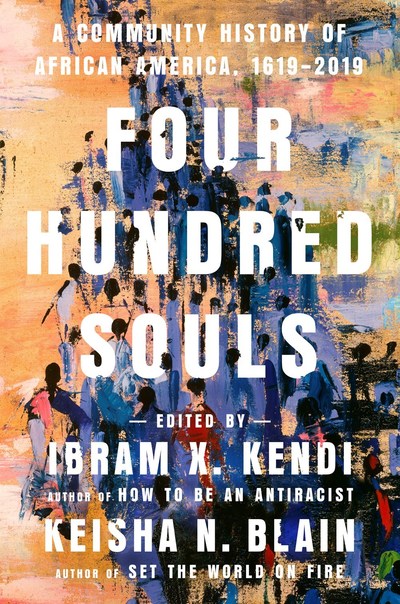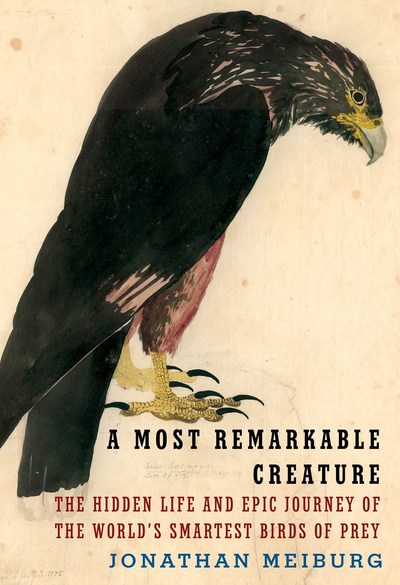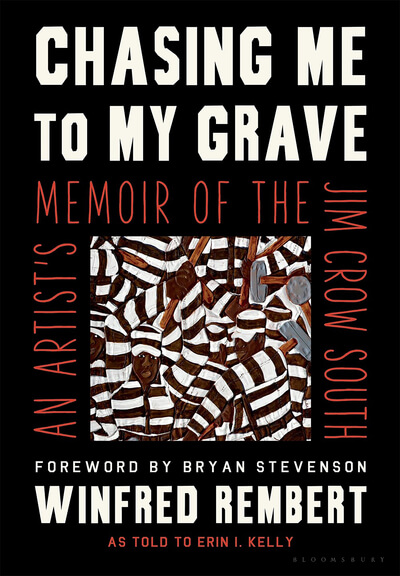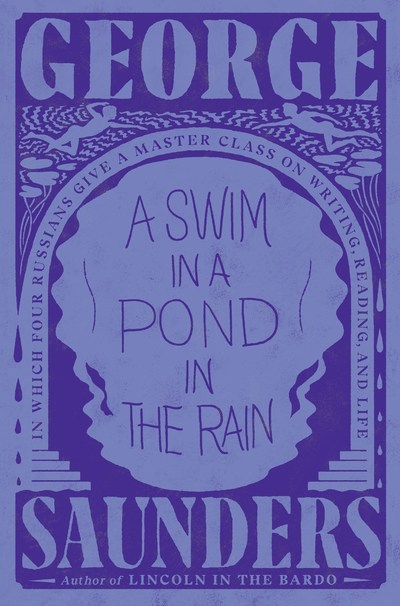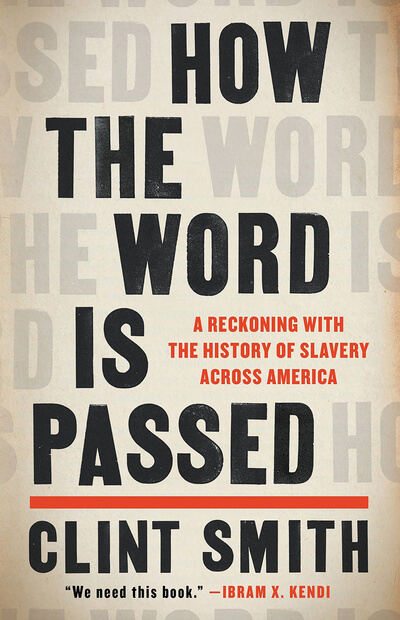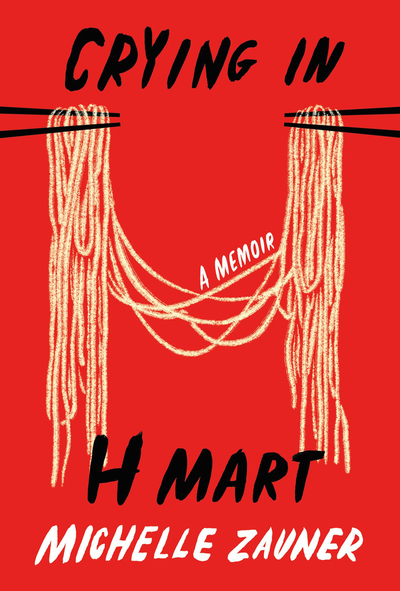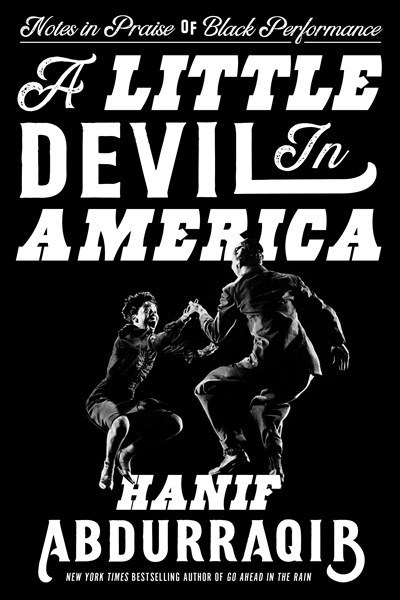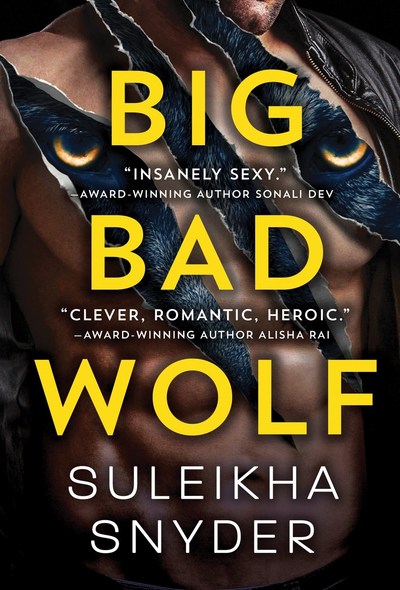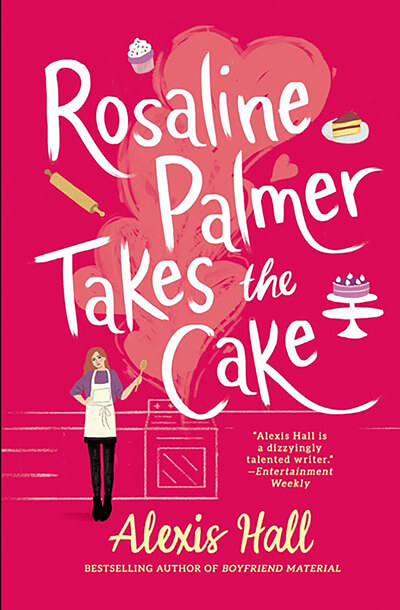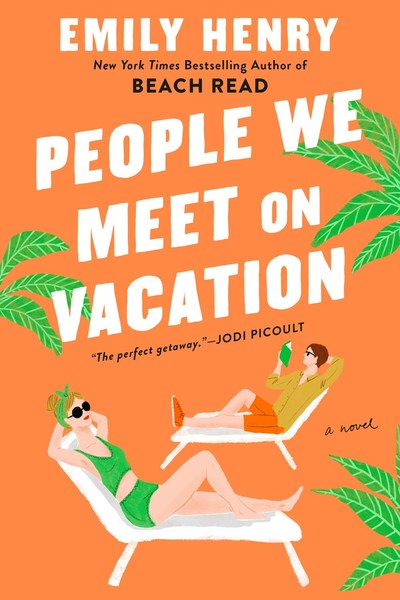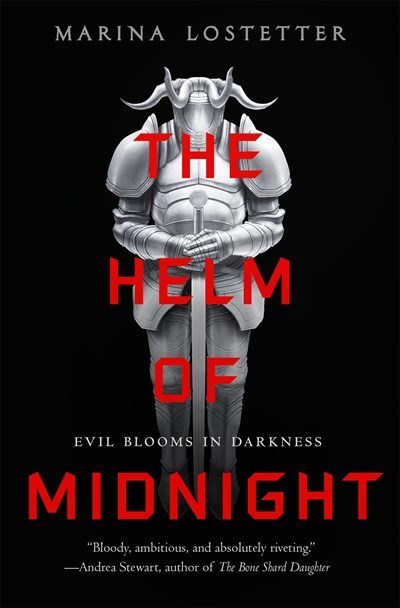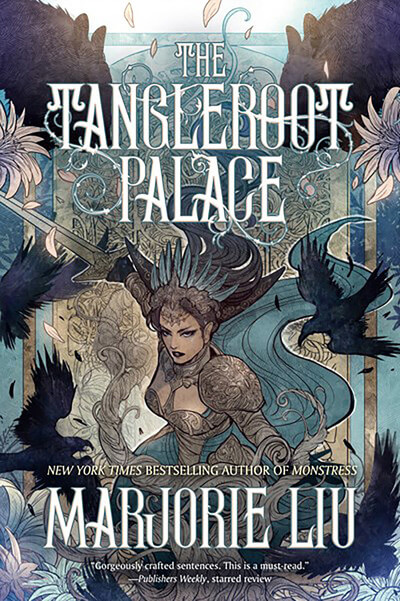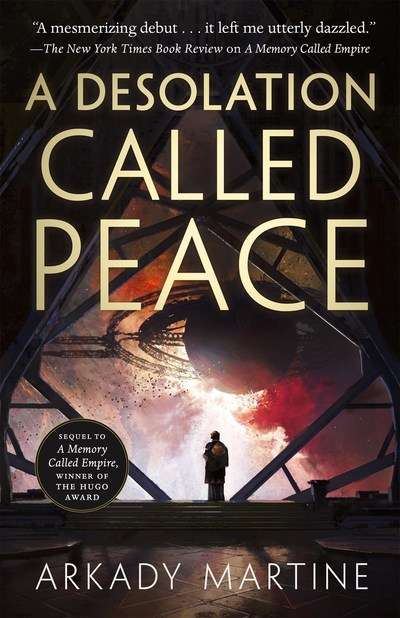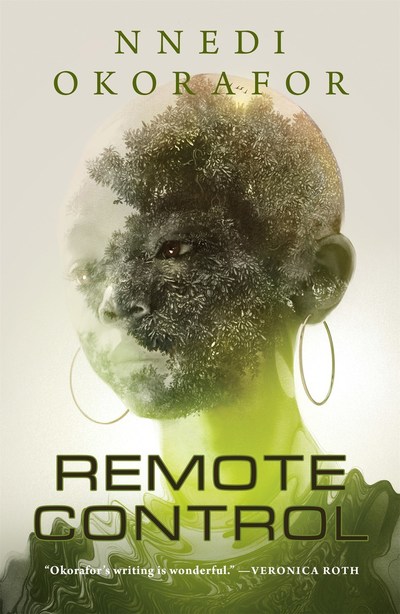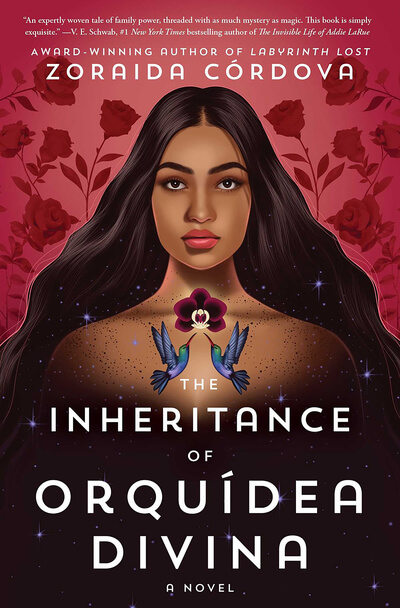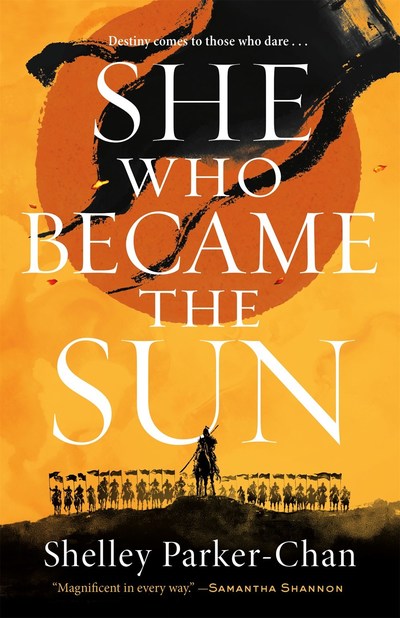★ The Redemption of Philip Thane
A self-described wastrel gets a chance to change in The Redemption of Philip Thane by Lisa Berne. In exchange for a hefty sum, the low-on-funds titular character agrees to deliver a speech on his wealthy aunt’s behalf during Plough Day, a local holiday in the small village of Whittlesey. On the journey there, he picks up the beautiful and brainy Margaret Allen. She needs a ride due to a broken carriage; he needs distraction from the boring task ahead. Margaret doesn’t succumb to his wiles, and after giving his speech, Philip can’t wait to leave town . . . but then he wakes up the next morning and discovers that it’s Plough Day all over again. And again. And again. In this Groundhog Day-style story, Philip realizes he’s fated to repeat both the speech and his attempts to woo Margaret, all without success unless he can mend his selfish and arrogant ways—and maybe also fall in love. Berne has penned an extremely clever and entertaining addition to the canon of “rake redemption” romances, and readers are bound to find it smart, tender and surprisingly sweet.
★ Weather Girl
Matchmaking goes awry in Weather Girl by Rachel Lynn Solomon. Meteorologist Ari Abrams teams up with sports reporter Russell Barringer to bring together their feuding bosses, who are also ex-spouses. But as they work to spark a do-over for the pair, they find themselves also feeling a little amorous—toward each other. The gun-shy Ari, who’s recently broken off an engagement and is unsure how to share her experiences with depression, begins to take a chance on single dad Russell, but can they stay the course and really commit? This is mainly Ari’s story, and it’s told in her engaging first-person voice, with Russell filling the role of the wonderful guy who hopefully isn’t too good to be true. Secondary characters add sparkle and fun, and there are brief but deeply enjoyable glimpses of newsroom life in this delightful romance.
The Rebel and the Rake
An aristocrat and a well-educated lady’s companion try to maintain their distance—and their disguises—in Emily Sullivan’s Victorian romance The Rebel and the Rake. Rafe Davies, the second son of an earl, plays the role of charming dilettante while actually spying for the Crown. His latest mission is to discover the source of anonymous threats made to John Wardale, a very wealthy self-made man, while attending a house party at Wardale’s Castle Blackwood in the Scottish Lowlands. Posing as a callow rogue has never bothered Rafe before, but then he meets Sylvia Sparrow, a quiet bluestocking whom he wishes to impress with more than his good looks and facile conversation. While Sylvia is similarly attracted to Rafe, she knows nothing can come of a relationship. She’s hiding aspects of herself, the most damning of which is that she was once imprisoned on suspicion of being an anarchist. But hearts cannot be denied, and the pair are soon sharing steamy love scenes while their true natures are gradually revealed. Danger and desire intertwine in this tale of deception and injustice, an engrossing read that follows two characters who deserve their happily ever after.











